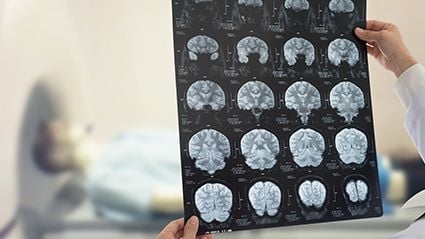Overall stroke mortality decline slowed, with variations seen by age and region
By Lori Solomon HealthDay Reporter
MONDAY, March 11, 2024 (HealthDay News) — Age-standardized stroke rates mostly declined from 1990 to 2019, with the exception of hemorrhagic stroke, the rates of which increased, according to a study published online March 4 in JAMA Neurology.
Daniela Renedo, M.D., from Yale University in New Haven, Connecticut, and colleagues estimated the burden of ischemic and hemorrhagic stroke in the United States in 2019, as well as trends from 1990 to 2019 by age, sex, and geographic location.
The researchers found that in 2019, there were 7.09 million prevalent strokes (57.4 percent among women), with 82.7 percent being ischemic strokes. From 1990 to 2019, the absolute numbers of stroke cases, mortality, and disability-adjusted life-years surged, but the age-standardized rates either declined or remained steady. Compared with ischemic strokes, hemorrhagic strokes showed a substantial increase (incidence of ischemic stroke, +13 percent; incidence of intracerebral hemorrhages, +39.8 percent; incidence of subarachnoid hemorrhages, +50.9 percent). In the recent decade, the downturn in stroke mortality plateaued. There was heterogeneity observed in stroke burden trends, with older adults (50 to 74 years) experiencing a decrease in incidence in coastal areas, while there was an uptick seen in younger demographics (15 to 49 years) in the South and Midwest.
“The increasing absolute burden of stroke, coupled with a notable rise in hemorrhagic stroke, suggests an evolving and substantial public health challenge in the United States,” the authors write.
Several authors reported ties to industry.
Abstract/Full Text (subscription or payment may be required)
Copyright © 2024 HealthDay. All rights reserved.








